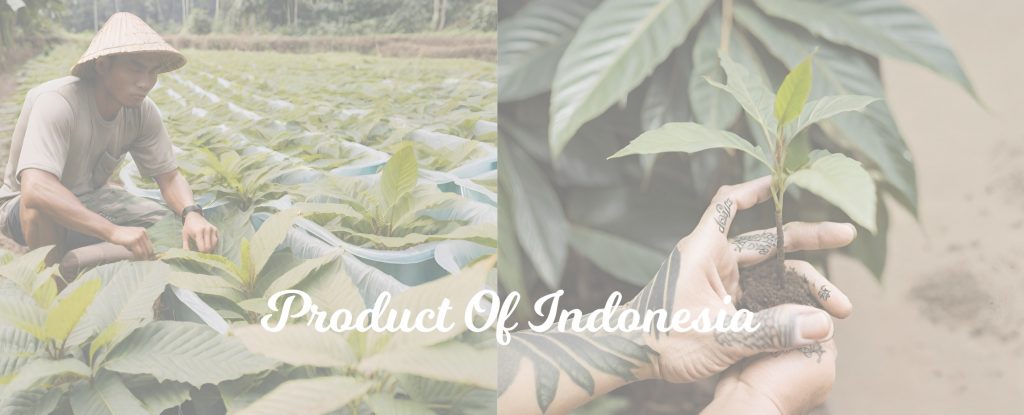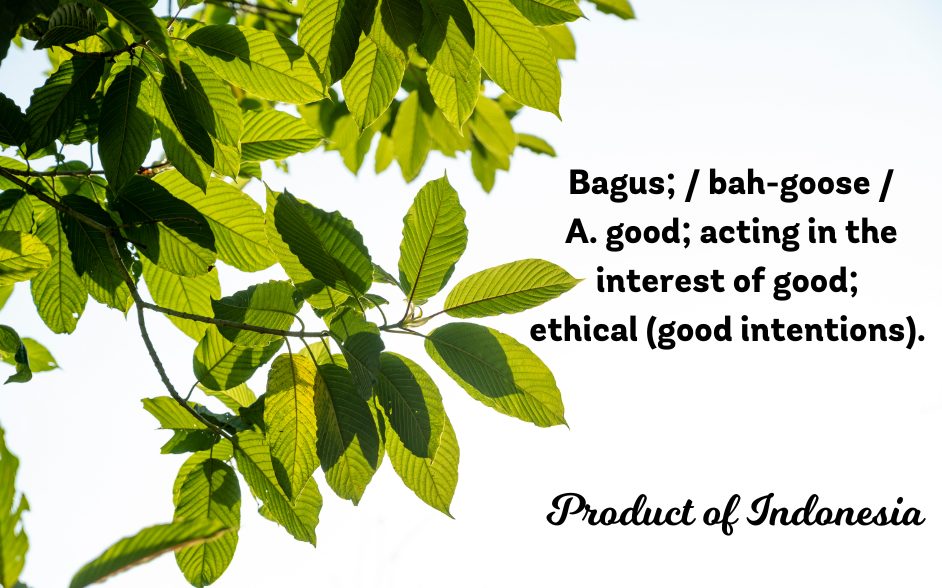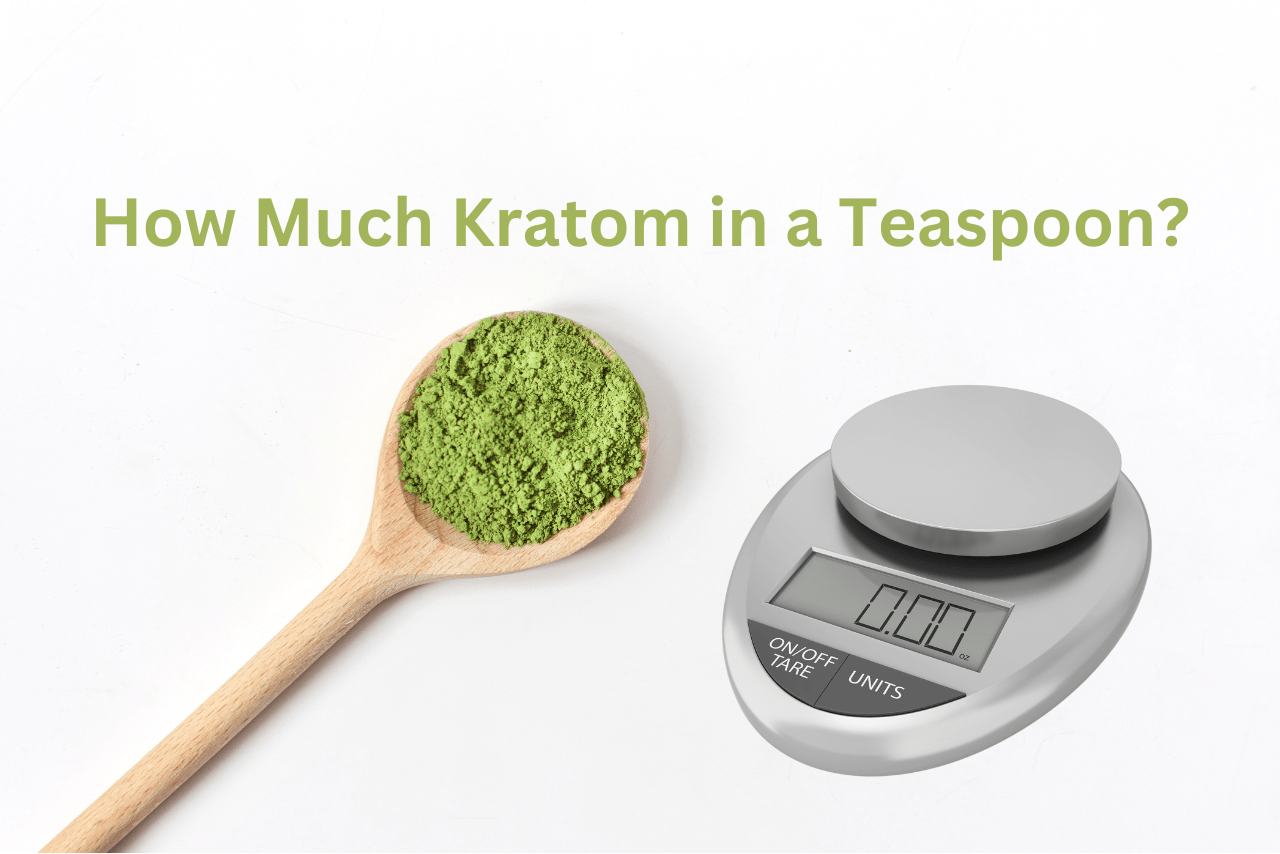Contents
How To Grow Kratom
- Written by David
- Updated on April 23, 2025
- Published on
- Kratom Legal Status
A Guide To Growing Kratom
Embark on a mindful journey into the world of Mitragyna speciosa, commonly known as Kratom, as we explore the art of cultivating this sacred plant. Bagus Botanicals warmly invites you to a holistic guide, focusing on the symbiotic relationship between nature and gardener. Discover the legalities, cultivation essentials, and nurturing practices that lead to thriving kratom trees. Uncover the potential benefits this green ally offers as you cultivate a connection with the earth.

Understanding the Kratom Plant:
Meet Mitragyna speciosa, a venerable tree native to Southeast Asia, with roots in Thailand, Malaysia, Vietnam, Indonesia, and Papua New Guinea. As a member of the coffee family, this evergreen giant reaches towering heights of 82 feet in the lush tapestry of tropical Asian jungles. Dive into the wisdom of traditional uses, where communities embraced its energy-boosting qualities during manual labor and integrated it into religious ceremonies.
Cultivation Choices: Seeds or Cuttings?
The first step of your gardening journey by choosing between seeds and cuttings. Seeds, with their unique germination challenges, encourage patience and connection with the cycle of life. Alternatively, cuttings, akin to nurturing a sapling, offer a more direct path for those seeking a grounded start. Each choice reflects a mindful decision on your journey as a custodian of this sacred plant.
Optimal Soil Conditions
Best practice is to replicate the rich soils of Southeast Asia in your garden. Create a fertile medium where kratom trees can thrive, acknowledging the interconnectedness of roots and soil. Cultivate a neutral pH environment (5.5–6.5) with humble materials like lime, compost, wood ash, or bone meal. Explore the world of hydroponics if your gardening spirit seeks alternative pathways.

Nutrients and Watering
Kratom trees are heavy drinkers. Offer a balanced nutrition with fertilizers high in nitrogen, phosphorus, and potassium. Approach this exchange with respect, avoiding nutrient excess to prevent imbalance. As you provide the life-giving essence of water, cherish the importance of hydration for the kratom’s vitality.
Growing Kratom Indoors
Extend your mindful gardening practice into the sanctuary of your home, where seeds and cuttings find solace. Illuminate their space with the gentle glow of LED bulbs, mimicking the sun’s nurturing radiance. Embrace the ebb and flow of humidity, temperature, and ventilation as you tend to your indoor garden. Create an environment that mirrors the kratom tree’s tropical home, fostering growth with reverence.

Legality in the US
Before planting the seeds of your intentions, understand the legal landscape in the United States, appreciating the delicate balance between regulation and freedom. Acknowledge the efforts of the kratom community in advocating for legality, recognizing that each leaf symbolizes a shared journey towards well-being. Consult the wisdom of local laws and regulations, aligning your garden with the spirit of respect for communal well-being.
Achieving Professional Results
For those seeking the benefits without tilling the soil, Bagus Botanicals extends an invitation to explore an array of pure kratom products. Each batch of our natural kratom undergoes independent laboratory tests, ensuring purity, safety, and potency. Choose from red, green, or white strains, and let Bagus Botanicals be your guide in this holistic journey towards well-being.
FAQs about Growing Kratom Plants
- Can I grow kratom hydroponically?
- Explore the realm of hydroponics as a symbiotic relationship with water, acknowledging the interconnected vitality it offers the potency of the kratom.
- What are the best practices for pruning and shaping kratom plants?
- Engage in pruning, shaping, and harmonizing with your kratom trees, fostering a bushy structure through meticulous trimming. This will increase your odds of good quality kratom powder.
- How can I protect my kratom plants from pests and diseases?
- Embrace the art of prevention, maintaining optimal conditions, and acknowledging the delicate balance that keeps pests and diseases at bay.
- What’s the best time of the year to grow kratom plants?
- Tune into the seasonal rhythms, choosing the sacred moment in February to sow kratom seeds or embracing the ever-present opportunity for indoor growth.
- What are the signs of overwatering or underwatering kratom plants?
- Develop a dialogue with your plants, interpreting the subtle cues of falling leaves or drooping foliage as messages in the shared language of holistic gardening.




